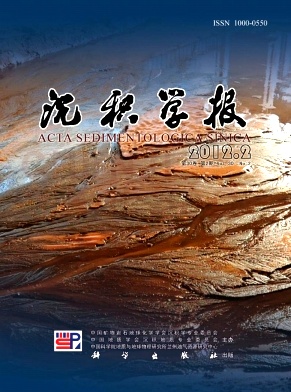Sedimentary Records of Environmental Evolution During the Recent 100 Years in the Coastal Zone of Guangxi Province
- Publish Date: 2012-04-10
-
Key words:
- /
- heavy metals /
- biogenic elements /
- environmental evolution /
- coastal zone /
- Guangxi province
Abstract: Six sediment cores were collected during 2007 from the coastal zone of Guangxi province. The temporal evolution of biogenic elements (C, N and P) and metal (Hg, Cu, Pb, Zn, Cd, Cr and As) inputs was clearly recorded by high 210Pbxs-derived sedimentation rates (0.25~1.68 cm y-1), especially in the estuary of Qinjiang river and Nanliu river (1.68 cm·y-1 and 0.70 cm·y-1, respectively), which could be attributed to high rates of river sediment transport. Based on the vertical distributions of enrichment factors and excess fluxes, heavy metals and total phosphorus were obviously enriched in the recent 20 years, but do not exceed the quality standard for marine sediment. The results indicated that the natural inputs prevailed up to the early 1980s except Cu. After this period, the excess metal fluxes could be associated with the intensive use of phosphate fertilizers and the combustion of fossil fuels, which caused a slight enrichment. However, total organic carbon showed decreasing trends toward the surface, which could be associated with the decreases of the mangrove forest derived from tidal flat reclamation recently. According to all indicators, environmental evolution of the Guangxi coast during the recent 100 years can be divided into two stages: (1) before the early 1980s characterized by the relatively low heavy metal pollution and scarce eutrophication; (2) after the early 1980s, the concentrations of heavy metals and total phosphorus are significantly increasing, indicating of the anthropogenic inputs.
| Citation: | Sedimentary Records of Environmental Evolution During the Recent 100 Years in the Coastal Zone of Guangxi Province[J]. Acta Sedimentologica Sinica, 2012, 30(2): 325-332. |






 DownLoad:
DownLoad: